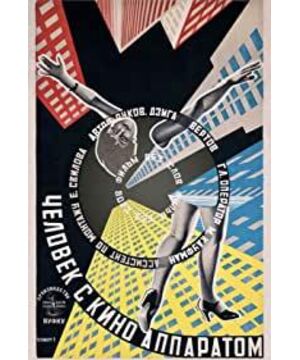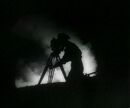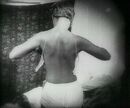This is a documentary without a plot. Throughout the film, I saw a lot of shots taken by the cameraman through different positions and travel methods. On the one hand, the way of shooting in the film seems to be an eye observing the surroundings. everything of. As long as it is the lens involved in the camera on the shoulder of the photographer, we feel that all this is the normal life of people, but once the lens is switched to the appearance of the photographer carrying the camera, we will feel the previous The scene is actually what the photographer wants to shoot and convey to us. Outside the lens, there may be another life state of people with different styles, but the photographer does not want to shoot this picture.
Combined with the film eye theory taught in the class, this film is indeed a systematic record of life facts and a systematic organization of documentary materials. In addition, although this is a documentary film from 1929, it has been nearly 90 years since we are now, but the film The framing angles of various shots, the depth of field movement, the type of editing, and the rhythm of shooting shots are just like a complete collection of film techniques. Let us combine many of the current films, and we can vaguely perceive the shadow marks of this film from them.
View more about Man with a Movie Camera reviews







